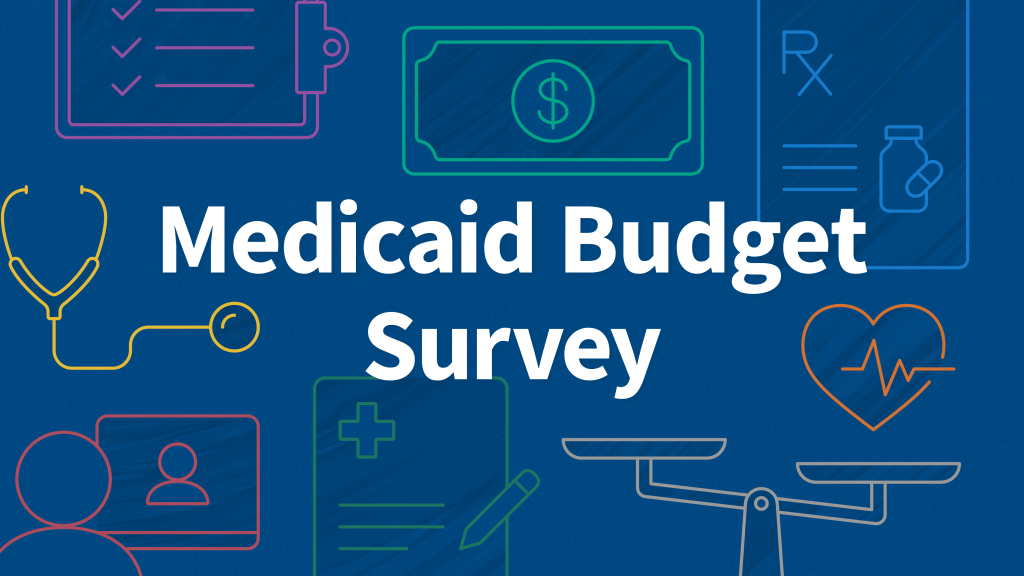Medicaid Enrollment & Spending Growth: FY 2020 & 2021
This brief analyzes Medicaid enrollment and spending trends for FY 2020 and FY 2021 based on data provided by state Medicaid directors as part of the 20th annual survey of Medicaid directors in states across the country and the District of Columbia. After relatively flat enrollment growth in FY 2020, states responding to the survey expect Medicaid enrollment to jump in FY 2021, attributed to the Families First Coronavirus Response Act “maintenance of eligibility” (MOE) requirements and to the economic downturn that started late in FY 2020. Across all reporting states, states were anticipating that total Medicaid spending growth would accelerate in FY 2021 compared to FY 2020. Enrollment was the primary factor identified as putting upward pressure on expenditure growth in FY 2021.
